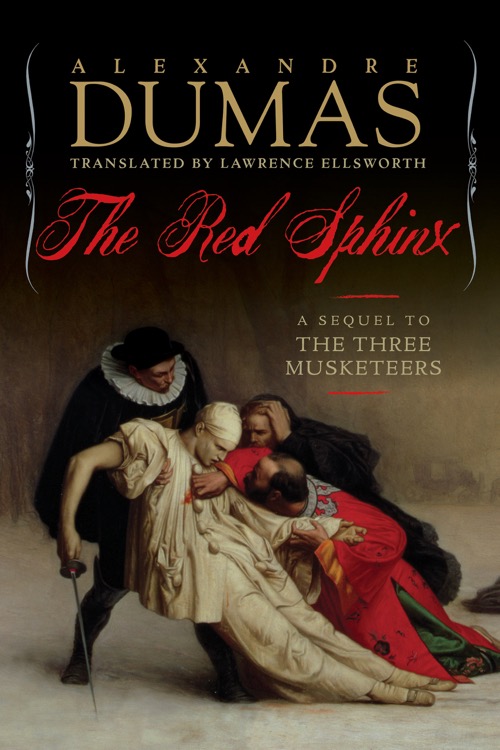Reading Idea: Aubrey–Maturin Series
After reading the Hornblower series, it only seems natural to read the other major naval series set during the Napoleonic era.
Aubrey–Maturin series - Wikipedia
The Aubrey–Maturin series is a sequence of nautical historical novels—20 completed and one unfinished—by Patrick O'Brian, set during the Napoleonic Wars and centering on the friendship between Captain Jack Aubrey of the Royal Navy and his ship's surgeon Stephen Maturin, a physician, natural philosopher, and intelligence agent. The first novel, Master and Commander, was published in 1969 and the last finished novel in 1999.[1] The 21st novel of the series, left unfinished at O'Brian's death in 2000, appeared in print in late 2004. The series received considerable international acclaim and most of the novels reached The New York Times Best Seller list.[1] These novels comprise the heart of the canon of an author often compared to Jane Austen, C. S. Forester and other British authors central to the English literature canon.
Master and Commander($8.87)Post Captain ($10.07)H.M.S. Surprise($8.47)The Mauritius Command($9.47)- Desolation Island ($9.48)
- The Fortune of War ($9.47)
- The Surgeon's Mate ($9.46)
- The Ionian Mission ($9.47)
- Treason's Harbour ($9.46)
- The Far Side of the World ($9.47)
- The Reverse of the Medal ($9.54)
- The Letter of Marque ($10.99)
- The Thirteen-Gun Salute ($10.99)
- The Nutmeg of Consolation ($9.88)
- The Truelove ($9.49)
- The Wine-Dark Sea ($10.04)
- The Commodore ($9.46)
- The Yellow Admiral ($10.39)
- The Hundred Days ($9.85)
- Blue at the Mizzen ($9.89)
- The Final Unfinished Voyage of Jack Aubrey ($10.74)
This entry was tagged. Reading Ideas Fiction Historical Fiction



